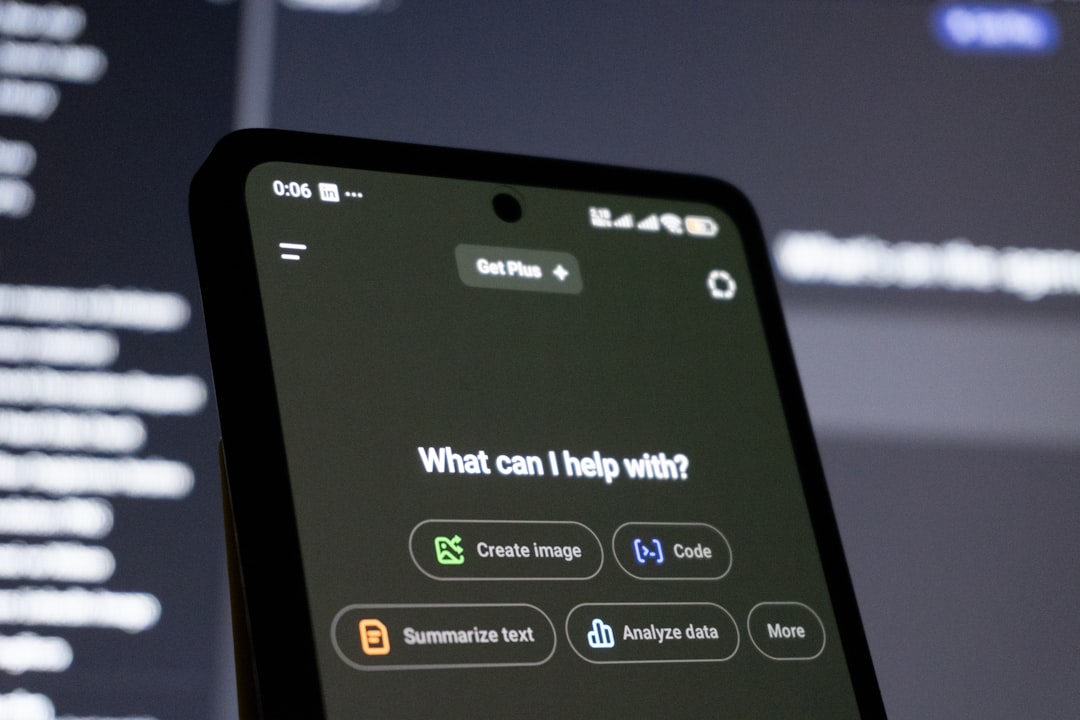The release of ChatGPT-5 has generated significant interest across the artificial intelligence community and the broader tech industry. As expectations rise with each iteration of OpenAI’s flagship language model, the key question arises: Is ChatGPT-5 truly better than all previous models? To answer this, we must examine the model’s architecture, performance, usability, and reliability in comparison to its predecessors.
Model Advancements and Capacity
From a purely technical standpoint, ChatGPT-5 offers marked improvements over earlier versions such as ChatGPT-3.5 and ChatGPT-4. With a larger number of parameters—estimated to be in the range of hundreds of billions—it demonstrates a deeper understanding of language patterns and contextual nuance. According to preliminary testing by OpenAI and independent researchers, the model handles longer conversations with improved memory and less deviation from the intended instruction.

This is particularly evident in its ability to:
- Retain context: Conversation histories are more coherently processed, allowing ChatGPT-5 to maintain relevant details across longer sessions.
- Reduce hallucinations: The frequency of confidently generated but incorrect information— also known as “hallucinations”—has been noticeably reduced, although not entirely eliminated.
- Produce human-like responses: Language appears more fluid, adaptive, and aligned with specific tones or styles requested by users.
Real-World Applications
Beyond technical enhancements, ChatGPT-5 has shown promising improvements in several real-world applications. Enterprises leveraging AI for customer service, research assistance, or creative content development have found more accurate and context-aware output with ChatGPT-5. Educators, too, report that it better supports tutoring and educational queries with clearer, more concise instruction compared to previous iterations.
Healthcare, law, and coding are areas where the model’s fine-tuned responses have boosted user confidence. For example, it demonstrates an enhanced ability to understand legal disclaimers, medical terminology, and programming logic, which helps professionals safely explore the capacities of AI without over-reliance.

User Experience and Interface Improvements
OpenAI has also refined the interface through which users interact with ChatGPT. Response speed has improved, and features like memory settings allow users to customize how the model interacts with them over time. Although previous versions already pushed the boundaries of natural language understanding, ChatGPT-5 introduces subtle but meaningful improvements in interaction design.
- Multiple language support: Fluent in more languages with better grammar handling and idiomatic accuracy.
- Accessibility options: Enhanced features making interactions more inclusive for users with disabilities.
- Tool integration: Enhanced abilities to interface with plugins, APIs, and private repositories.
Limitations and Considerations
Despite these advances, it is important to temper enthusiasm with a realistic understanding of AI limitations. ChatGPT-5, while superior, is not perfect. Like its predecessors, it remains a probabilistic model without true understanding or consciousness. It relies on pattern recognition rather than genuine reasoning, which limits its capacity for critical thought.
Furthermore, while hallucinations have decreased, they still occur, and factual accuracy cannot be guaranteed. In applications requiring full reliability—such as legal decisions, medical diagnoses, or financial planning—ChatGPT-5 should be used as a supplemental tool, not as a standalone solution.
Comparative Summary
When compared feature by feature, ChatGPT-5 does outperform its predecessors in most categories. Here’s a simplified comparison:
| Model | Context Retention | Creativity | Accuracy | Real-Time Applications |
|---|---|---|---|---|
| ChatGPT-3.5 | Moderate | High | Low to Moderate | Limited |
| ChatGPT-4 | High | High | Moderate | Moderate |
| ChatGPT-5 | Very High | Very High | High | Broad |
Conclusion
Is ChatGPT-5 really better than all previous models? The evidence suggests that it is—both in terms of its technical prowess and practical utility. However, with great capability comes greater responsibility. Users must remain aware of its limitations and use it critically and thoughtfully.
As generative AI continues to evolve, ChatGPT-5 marks a significant milestone, pushing the boundaries of what’s possible while also reminding us that responsible use and ongoing oversight are essential to ensure safe and ethical deployment of such powerful tools.











